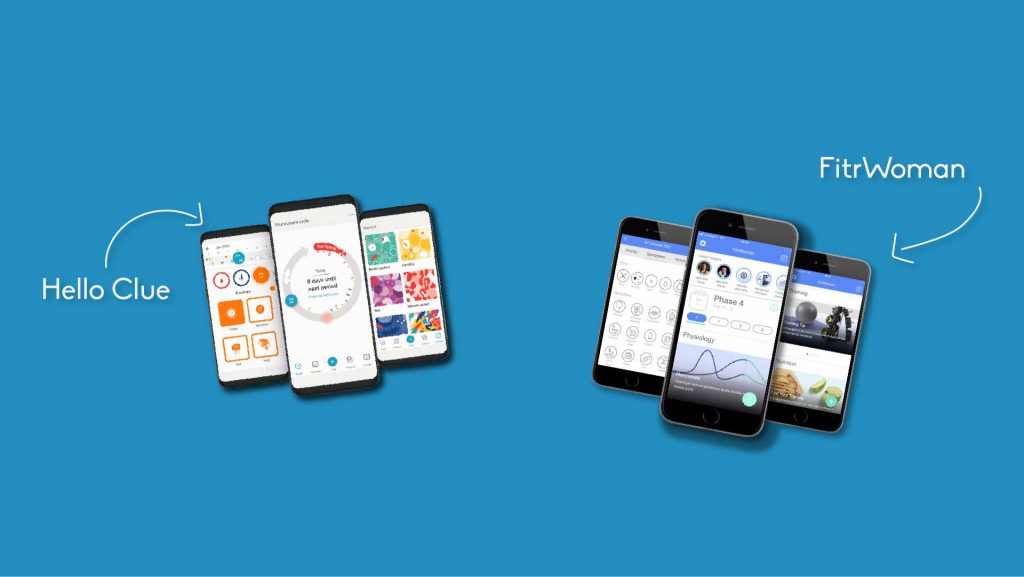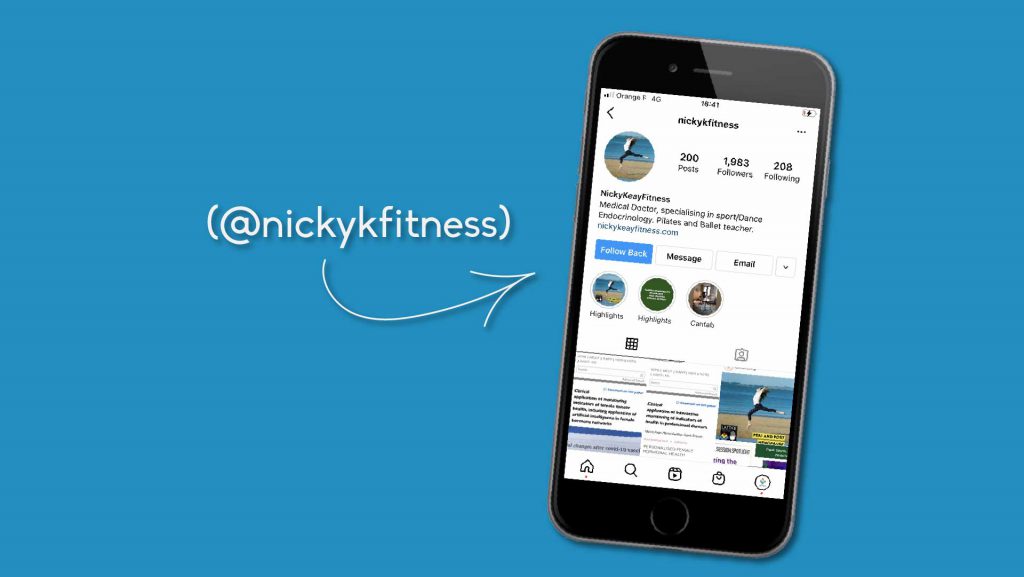Female Climber Series: New To Tracking?
With more and more information emerging to help the menstruating athlete understand their cycle, there are now lots of tools out there to help us better understand our bodies.
There is so much we can learn about our body from tracking our cycles, and this information can be incredibly empowering for performance, training, and our own psychology.
What’s the best way to start tracking if I am new to it? Keep it simple to begin with:
1- TRACK FOR 6 MONTHS
Track your cycle over a 6 month period to find out what is an average cycle length for you, how heavy/light and long your period is normally. If you don’t have a period or an irregular period and you’re not taking a contraceptive which inhibits a natural menstrual cycle, then this would be worth getting checked out by a medical professional.

2- NOTICE PATTERNS
If you notice recurring physical or psychological symptoms at particular points in your cycle (e.g. water retention/bloating/cramps/fear/irritability/feeling superhuman) then make a note of these too.
Apps such as Hello Clue and FitR Women are good tools for tracking.
3- FURTHER STEPS
Once you’ve got to know your cycle in a macro sense, then other options for further understanding your cycle (if you’re keen to know more) include: temperature tracking with a basal thermometer so that you know when you’ve ovulated, pee sticks so that you know when you’re ovulating (usually for those of you who are keen to try and start a family), blood tests so that you can check out your hormonal profile (best done with a review by a sports endocrinologist such as Dr Nicky Keay who is Forth’s Chief Medical Officer).

Once you know your own cycle you can then use this to inform how your climbing, training and other life factors (work, kids etc) can influence or be influenced by your cycle to better empower you and the choices that you make.






